There are 200 chalkstreams in the world, almost all are in England, and they're the most biodiverse freshwater habitat on the planet
Chalkstreams were forged millions of years ago when Europe was largely underwater and developed into unique and complex habitats that we must consider national treasures, says Charles Rangeley-Wilson.

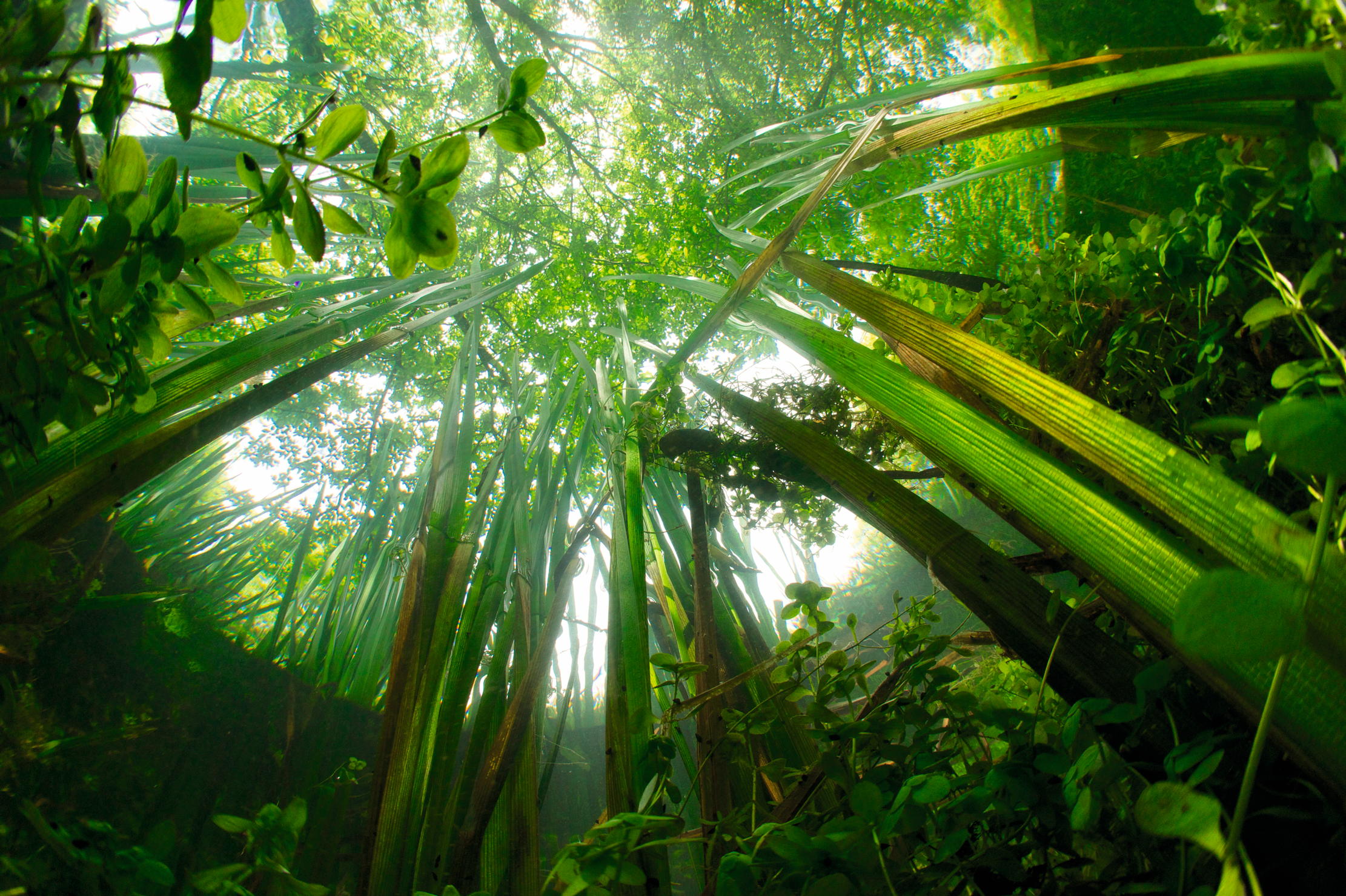
Chalkstreams are a natural wonder and a national treasure. They are unique to our corner of Europe and are almost exclusively English. There are some in Normandy (arguably English between 1066 and 1450, although perhaps don’t say that when in France) and some in Denmark. By far the most flow through England: more than 200 named streams that rise from the folds and furrows of rolling chalk downland that reach across southern England, from Bridport in Dorset and up to Bridlington in East Yorkshire. Their names have a music of their own: Sydling, Ebble, Cheriton, Pang, Misbourne, Granta, Babingley, Bain, Great Eau and Gypsey Race.
The most famous of all are the stately Rivers Test and Itchen, in Hampshire. These are majestic chalkstreams of the platonic, Eternal Form ideal: broad and shallow, strafed by swallows, pock-marked with rising trout, decorated with the bunting of wildflowers. Their waters slide silently, occasionally gossip and chatter over a gravel bar, but never roar. Chalkstreams are the most benign of rivers, a nature determined by their geological origins that makes them vital and yet fragile.
A chalkstream is almost entirely spring fed. When rain falls on chalk hills, it sinks quickly into the ground, seeping with gravity through fissures in the rocks, into the saturated strata, to form a dynamic aquifer that rises and falls with the seasons. Where that water emerges at the surface, it forms springs and these gather to form chalkstreams. The rain has been changed by the alchemical ground and its subterranean journey. It is now cool, filtered, alkaline, constant. The aquifer buffers chalkstreams against the extremes of weather and, through its filtering, cooling, mineralising wizardry, it creates the most perfect conditions for an abundance of natural life.
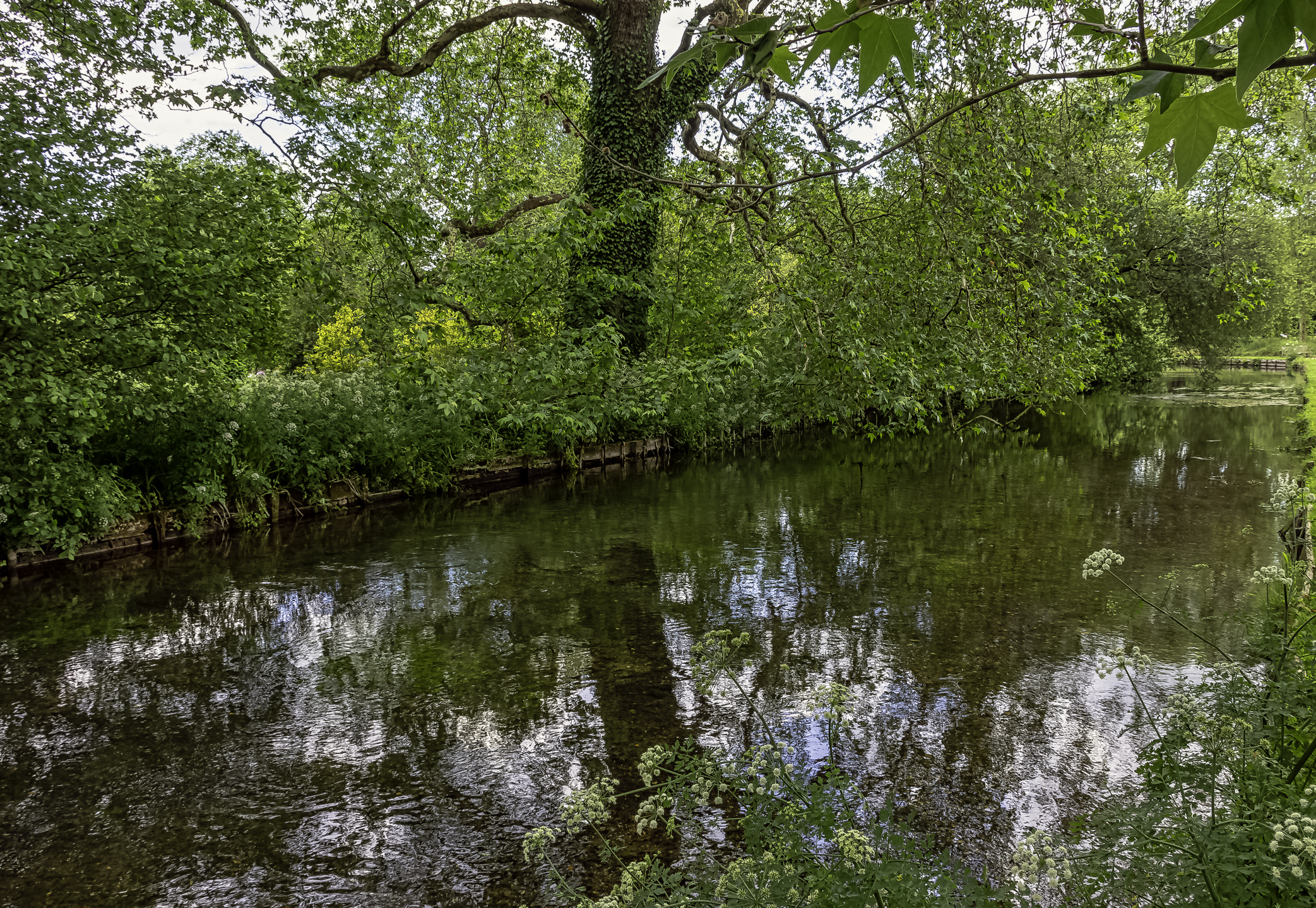
Despite their tranquil nature, chalkstreams are the legacy of powerful natural forces, shaped by a combination of geology, tectonic activity, erosion and climate. We need to go back in time to understand the origins of chalk and why so few of these freshwater marvels exist on our planet.
The story begins millions of years ago during a time when much of Europe, including southern and eastern England, was submerged under a shallow, warm sea. The supercontinent of Pangea was starting to break up, the planet was much warmer and the rifting plates were a furnace of volcanic activity, pushing the continental plates apart and causing the Atlantic to emerge. In these shallow, tropical inland seaways, a single-celled plankton called a coccolithophore swarmed by the countless billions, each one wrapped in an armour of microscopic shield-like plates. As these coccolithophores died, their protective plates rained down to the seafloor and over time — lots of time — accreted into a deep porridgy ooze.
Scroll forward 50 million years and the same meteorite that did for the dinosaurs cut off this eustatic engine of chalk’s creation and over subsequent epochs, as the earth cooled and sea levels receded, these chalk deposits were lifted up by tectonic activity and then carved by glacial erosion, creating the distinctive chalk landscapes of southern England. All of the chalk that once lay over the northern and western parts of the British Isles was worn away. Although much remains to the south and east, underlying the Channel and vast parts of Europe, it is too deep underground to shape the surface rivers. Only in that band where the chalk outcrops, like the lip of a vase buried in the sand, can chalk create chalkstreams.
And thank God for that! Chalkstreams are wonderful. They are the most biodiverse of any freshwater habitat, a lowland waterscape that harbours upland species. Think about it: chalkstreams give us salmon that swim past Parliament (perhaps reminding our political leaders to have a care?). They nurture a universe of waterweeds, such as starwort, with it’s vivid tresses of star-shaped leaves, sashaying like grass skirts in the shimmying flow, and Druidic beards of stream-water crowfoot, decked out for the solstice with constellations of daisy-like flowers, and bankside flag-parades of yellow flag iris and purple-loosestrife and water mint and forget-me-not.
Exquisite houses, the beauty of Nature, and how to get the most from your life, straight to your inbox.
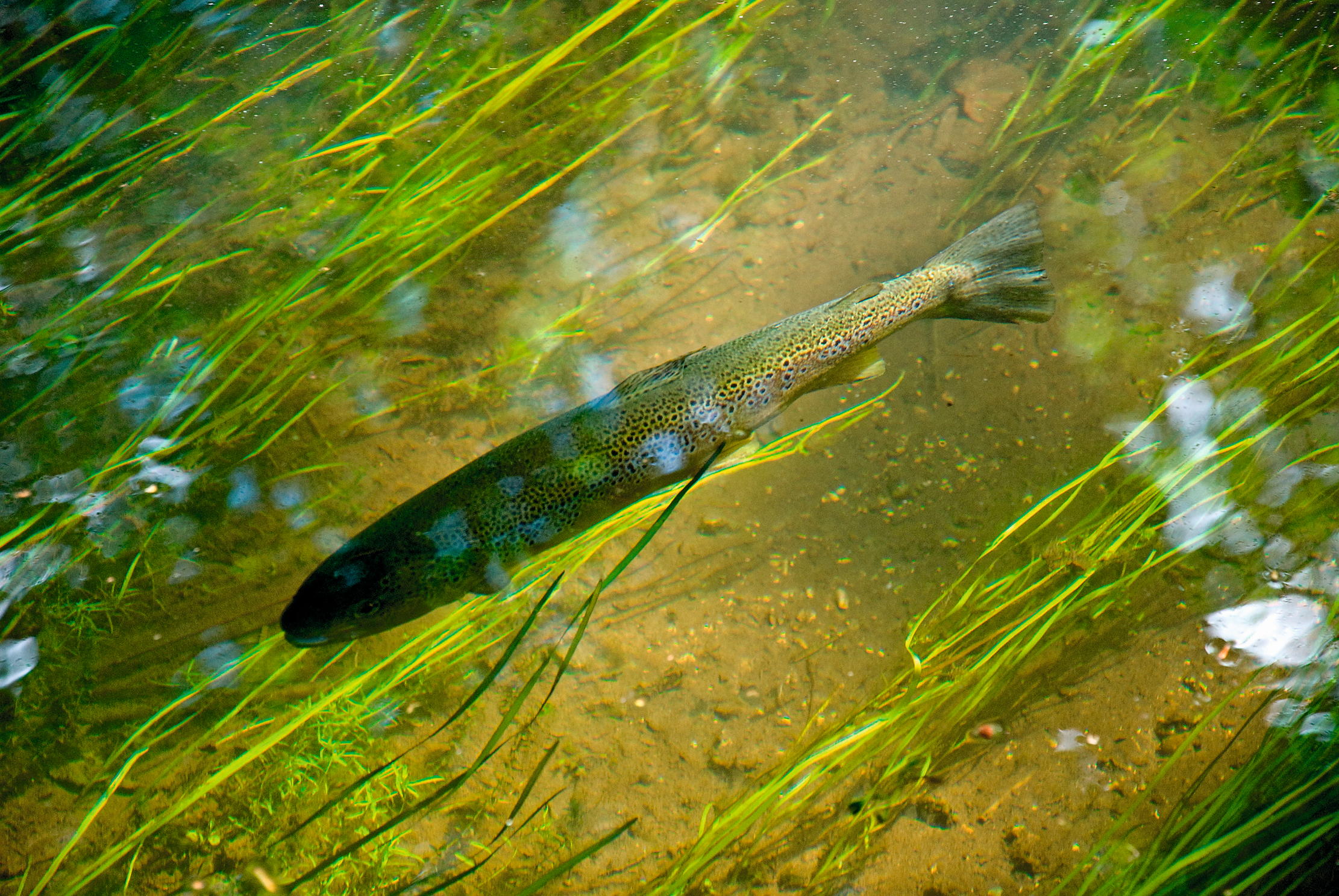
Chalkstreams nurture water-loving mammals and birds, including the water vole and otter and even the ‘return-of-the-native’ beaver. (A recent and positive homecoming, given that their dam-building activities massively enhance habitat complexity and biodiversity, with no need for planning permission.) Kingfishers, reed buntings and wagtails thrive in chalky riparian habitats, together with Bewick and mute swans, reed warblers, dippers, grebe, moorhens and even the rarely seen water-rail.
Chalkstreams are home to myriad species of fish, including the brown trout and grayling, as well as dace, pike and perch, brook lamprey, bullheads and minnows. And most notably, perhaps, the Atlantic salmon. The chalkstream salmon is genetically distinct to its environment, unique, rare and even more threatened than its chalky homestead. They are, as I have written before, our white rhino, one of England’s longest resident vertebrates, but now, in our warming climate, on the very edge of survival.
The calcareous waters of a chalkstream provide an abundance of the calcium with which invertebrates make their exoskeletons, which means that chalkstreams are rich with insects, in both abundance and diversity. The mayfly is the most renowned. It hatches in May and June and drives glutinous trout wild in an orgy of weight gain as much as it drives glutinous anglers wild in an orgy of easy fishing, known as duffer’s fortnight.
There are numerous others: the blue-winged olive, the yellow may dun, the caperer, the stonefly. There are, literally, too many species to list, but it is worth noting how the ephemeral reaches of our chalkstreams, the parts known as winterbournes, are a global hotspot for especially rare species, such as the scarce brown sedge, scarce purple dun and winterbourne stonefly, species that have adapted to the natural, seasonal wetting and drying of the upper reaches of the chalk valleys.
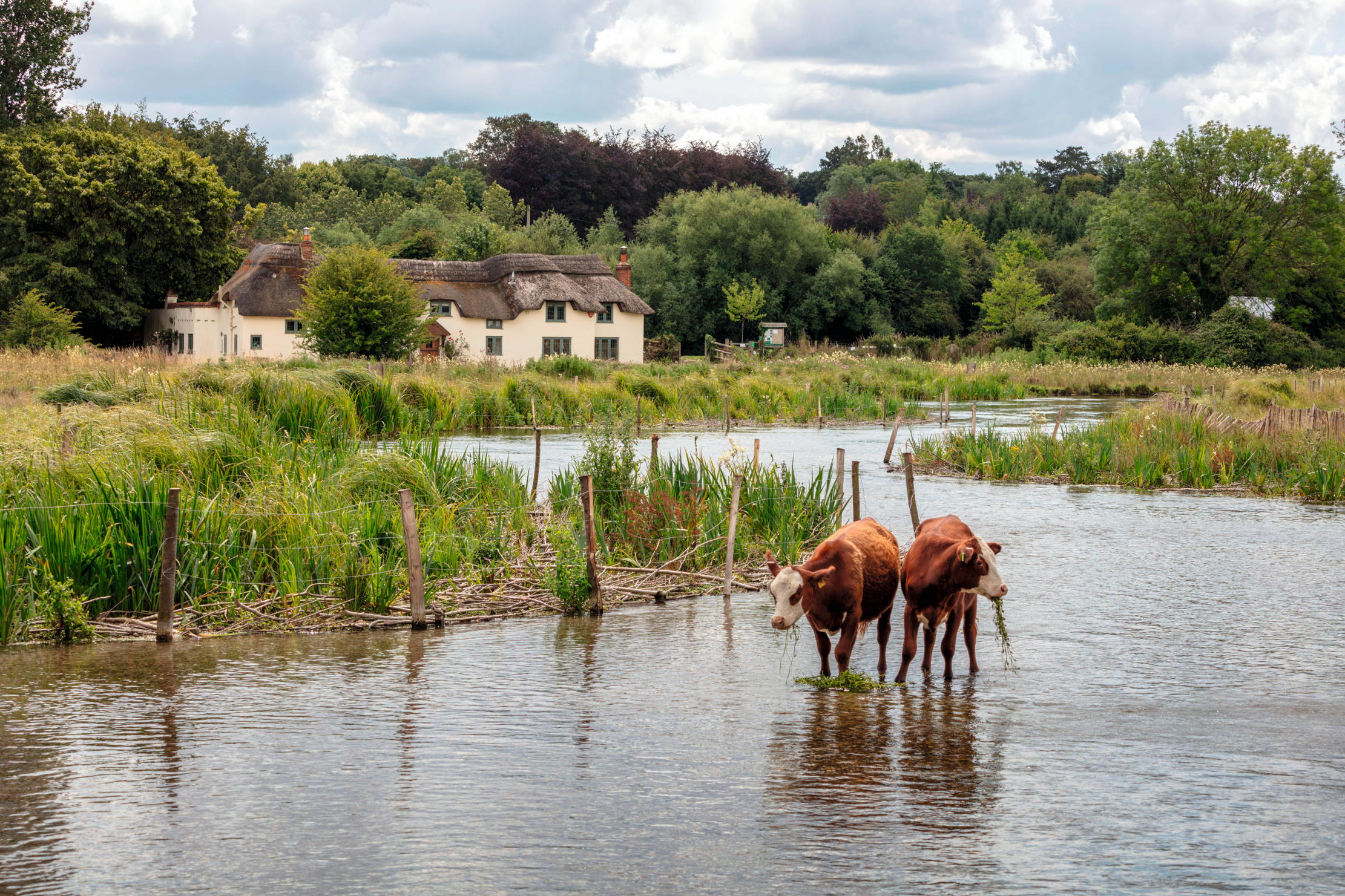
Ironically, the same gentle, homely nature of chalk that cradles such wonderful streams is the reason why our chalkstreams are under such pressure now. A lot of people live in the bosom of chalky south-east England. They all drink from its aquifer. They all, metaphorically speaking, wash clothes in it and flush loos with it and return its waters in second-hand condition, much further downhill. Chalkstreams flow through some of the most densely populated, intensely farmed and heavily urbanised parts of our landscape. Their gentle, placid nature makes them especially vulnerable to the adverse impact of our busy society: the abstraction of their flow, the pollution of their waters and the imprisonment of their natural physical forms. It’s a miracle chalkstreams survive as well as they do.
It is perfectly possible to allow for and live with vibrant, wild and well-looked-after chalkstreams. It simply takes a bit more effort and care. We use the same water to fill our kettle as wash a car and water a green lawn in August. Something is picking up the bill and, in south-east England, it will be a chalkstream. These freshwater marvels are subsidising our watery largesse. Surely chalkstreams, because they are globally unique, because they are a fresh-water marvel on our doorstep, because they are home to so much wildlife, so many threatened insects and plants: surely their wellbeing should be our responsibility and challenge? It should be the measure of us. With a bit more care and cost, we can let Nature back in, restoring meanders and riffles, wet woodland and fen. We can give our chalkstreams first use of the aquifer’s miraculous waters and abstract downstream instead of upstream. We can treat the water properly; returning something in which fish can live, not suffocate.
Chalkstreams are a natural treasure, vital for biodiversity and intrinsic to our landscape and cultural heritage. Protecting them requires concerted effort and long-term commitment from government and society. By valuing and preserving chalkstreams properly, we safeguard not only a unique ecosystem, but also an important piece of our natural heritage.
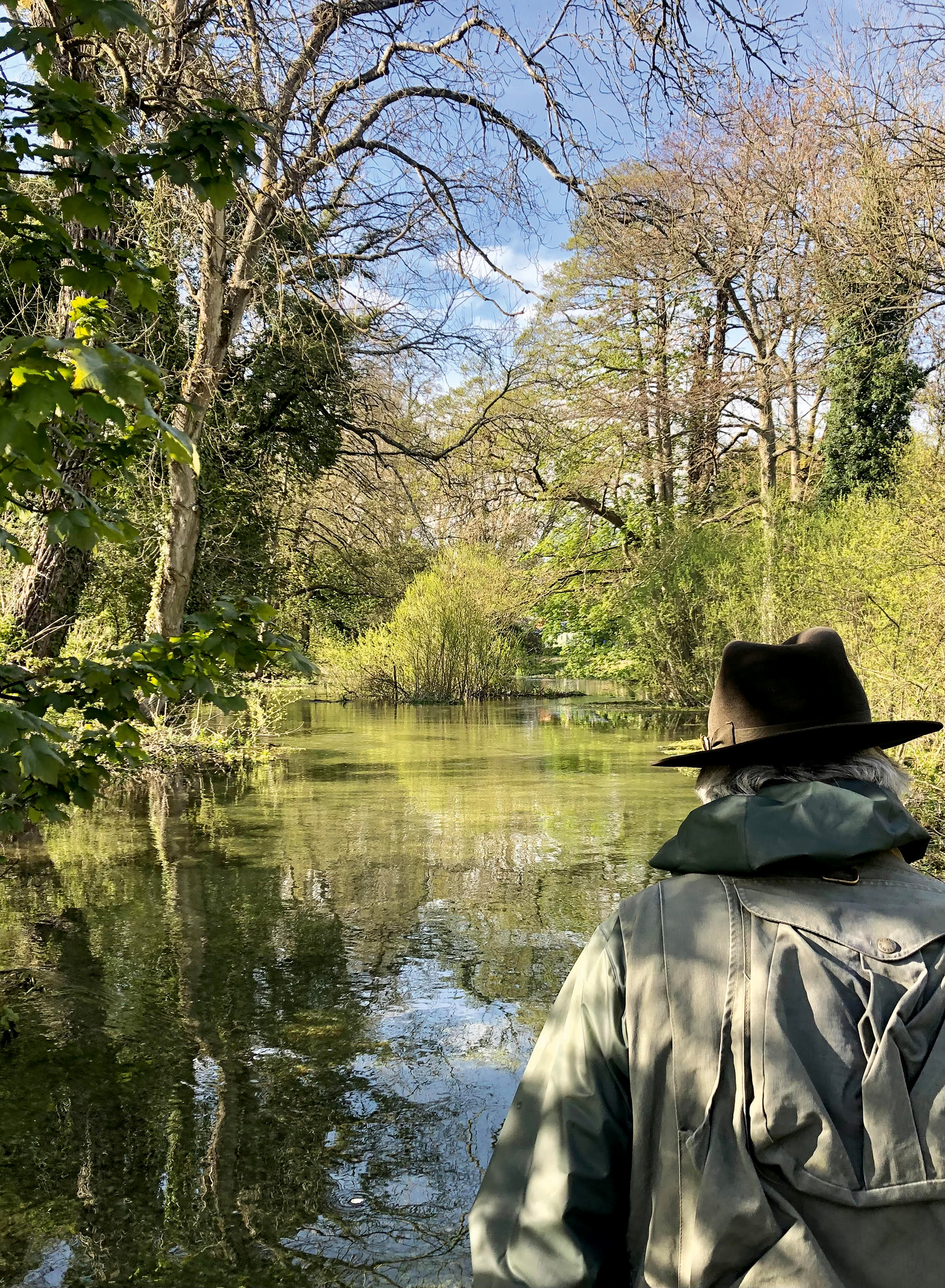
Chalkstream fishing on the River Test and River Dever: 'You have to be as surreptitious and precise as a sniper'
Our fishing correspondent David Profumo ventures to England for a series of forays on venerable chalkstreams, where he bags a

'We are in the midst of a sewage scandal and the natural world is paying the cost'
Country Life's leader article takes aim at the mess in the water industry.

Great western: The best places to live west of London, from Cirencester and Salisbury to Corsham and Bath
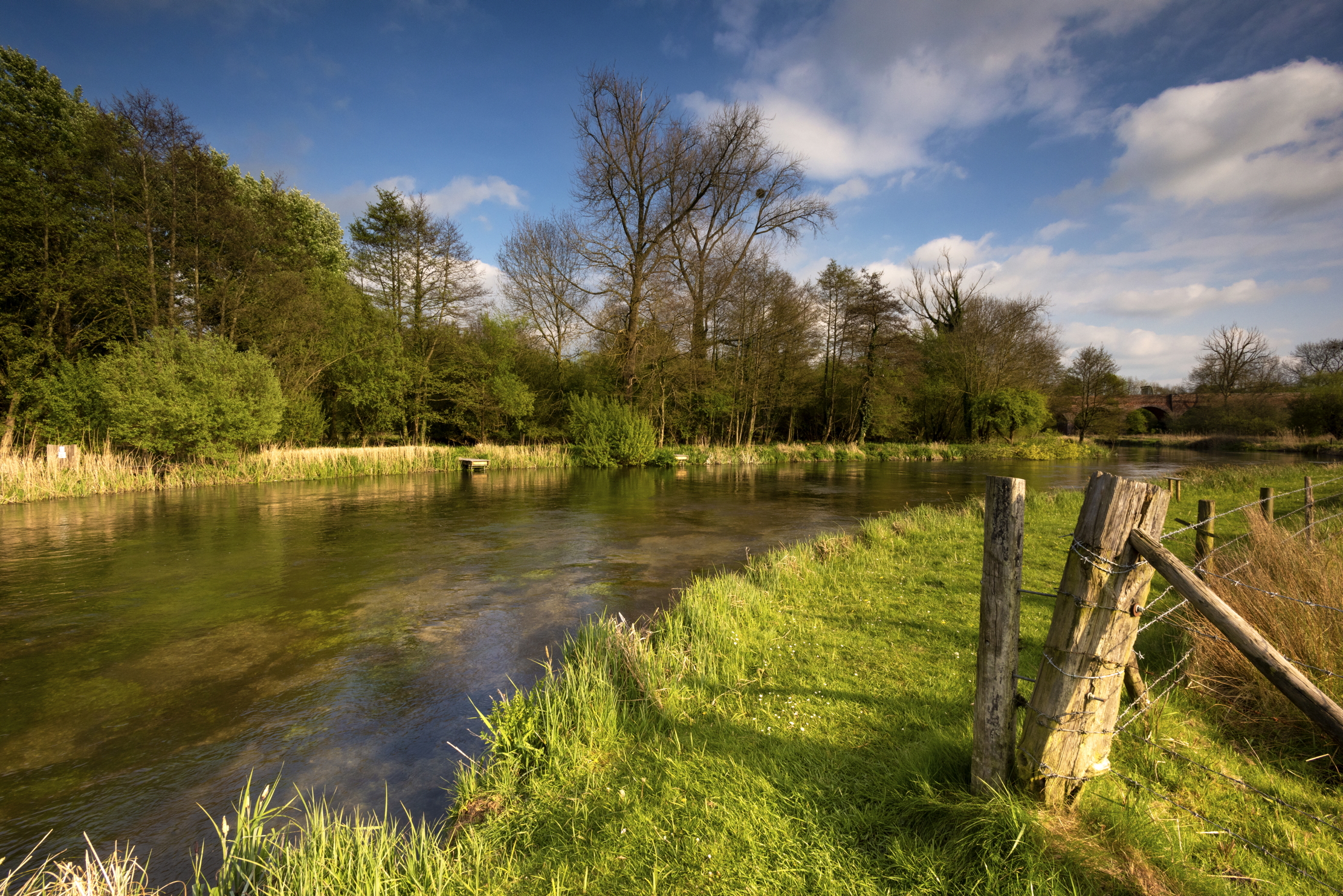
Credit: Michael Roberts via Getty Images
Patrick Galbraith: 'The Itchen is a place of such pastoral beauty that it’s almost too much to take in'
Patrick realises that often, it's the journey, and not the destination, that is most important.
